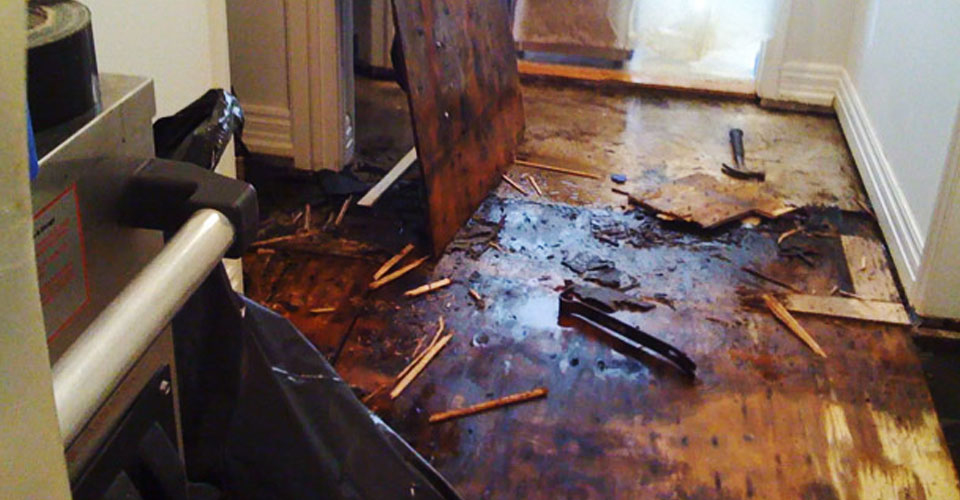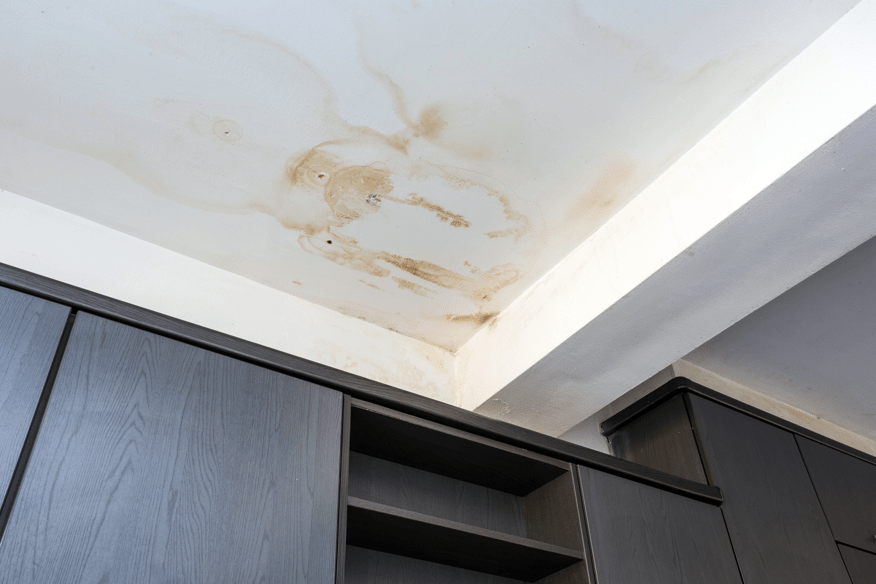6 Water Damage Reconstruction Do's and Don'ts.
6 Water Damage Reconstruction Do's and Don'ts.
Blog Article
Almost everyone will have their unique piece of advice when it comes to Preventing Fires and Water Damage In Your Home.

Water offers life, water intrusion on components where it's not intended to be can result in damage. It can peel off away surfaces and wear down the foundation if the water soaks into your structure. Mold as well as mildew likewise prosper in a damp environment, which can be dangerous for your health and wellness. Houses with water damage smell old and also stuffy.
Water can originate from numerous sources such as hurricanes, floods, ruptured pipes, leakages, as well as drain concerns. In case you experience water damages, it would be excellent to understand some safety preventative measures. Right here are a couple of guidelines on exactly how to deal with water damage.
Do Prioritize Residence Insurance Coverage Coverage
Water damages from flood because of hefty winds is seasonal. Nonetheless, you can also experience an abrupt flood when a malfunctioning pipeline all of a sudden breaks into your residence. It would be best to have residence insurance that covers both acts of God such as natural disasters, as well as emergency situations like damaged plumbing.
Do Not Forget to Turn Off Utilities
In the event of a disaster, especially if you live in a flood-prone area, it would certainly be advisable to turn off the main electric circuit. This removes power to your entire home, avoiding electrical shocks when water comes in as it is a conductor. Do not forget to transform off the primary water line valve. Furnishings will relocate around as well as cause damages when floodwaters are high. Having the primary shutoff turned off protects against additional damages.
Do Keep Proactive as well as Heed Climate Alerts
Listen to discharge warnings if you live near a river, creek, or lake . Doing so reduces possible residential property damage.
Do Not Overlook the Roof
You can prevent rain damage if there are no openings as well as leaks in your roofing system. This will prevent water from moving down your walls and saturating your ceiling.
Do Focus On Small Leakages
A ruptured pipe does not occur overnight. Generally, there are red flags that show you have weakened pipelines in your home. You may see bubbling paint, peeling off wallpaper, water streaks, water spots, or trickling sounds behind the walls. Ultimately, this pipeline will certainly burst. Ideally, you must not await things to escalate. Have your plumbing fixed before it results in substantial damages.
Do Not Panic in Case of a Ruptured Pipe
Keeping your presence of mind is important in a time of dilemma. Since it will suppress you from acting quick, stressing will only compound the trouble. Timing is key when it comes to water damages. The longer you wait, the more damages you can expect. Hence, if a pipeline bursts in your home, quickly turned off your main water shutoff to cut off the resource. Disconnect all electrical outlets in the area or transform off the circuit breaker for that part of the home. Finally, call a trustworthy water damage repair specialist for support.
Water gives life, water intrusion on components where it's not intended to be can result in damages. Houses with water damage smell old and musty.
Water damages from flood dues to hefty winds is seasonal. You may observe gurgling paint, peeling off wallpaper, water touches, water spots, or trickling audios behind the wall surfaces. When it comes to water damage, timing is key.
Some Do's & Don't When Dealing with a Water Damage
DO:
Make sure the water source has been eliminated. Contact a plumber if needed. Turn off circuit breakers supplying electricity to wet areas and unplug any electronics that are on wet carpet or surfaces Remove small furniture items Remove as much excess water as possible by mopping or blotting; Use WHITE towels to blot wet carpeting Wipe water from wooden furniture after removing anything on it Remove and prop up wet upholstery cushions for even drying (check for any bleeding) Pin up curtains or furniture skirts if needed Place aluminum foil, saucers or wood blocks between furniture legs and wet carpet Turn on air conditioning for maximum drying in winter and open windows in the summer Open any drawers and cabinets affected for complete drying but do not force them open Remove any valuable art objects or paintings to a safe, dry place Open any suitcases or luggage that may have been affected to dry, preferably in sunlight Hang any fur or leather goods to dry at room temperature Punch small holes in sagging ceilings to relieve trapped water (don't forget to place pans beneath!); however, if the ceiling is sagging extremely low, stay out of the room and we'll take care of it DO NOT:
Leave wet fabrics in place; dry them as soon as possible Leave books, magazines or any other colored items on wet carpets or floor Use your household vacuum to remove water Use TV's or other electronics/appliances while standing on wet carpets or floors; especially not on wet concrete floors Turn on ceiling fixtures if the ceiling is wet Turn your heat up, unless instructed otherwise

Do you like more info about Safety Tips To Prevent Fire And Water Damage? Leave feedback below. We will be delighted to hear your thoughts about this posting. We hope that you visit us again in the future. Sharing is good. Helping others is fun. I appreciate reading our article about How To Prevent Fire And Water From Ruining Your Holiday Season.
Report this page